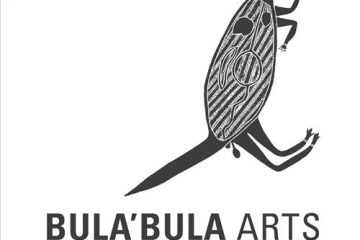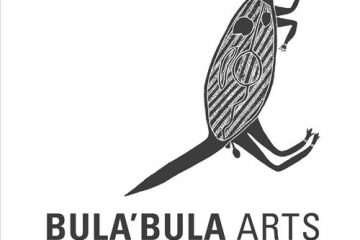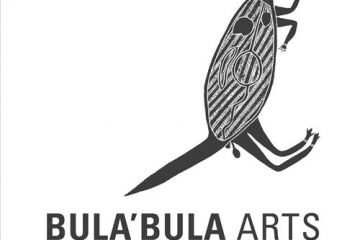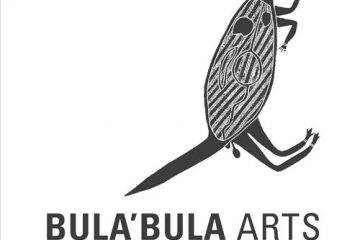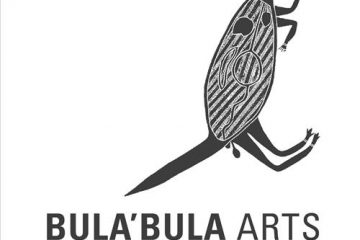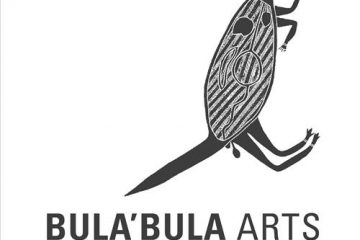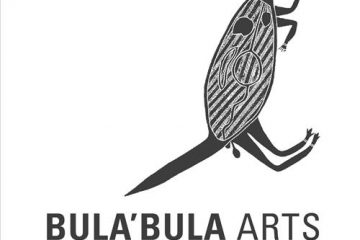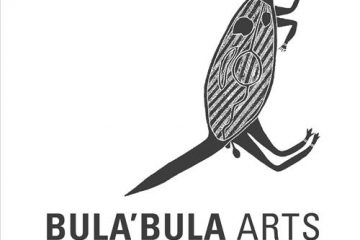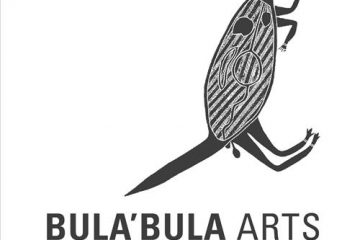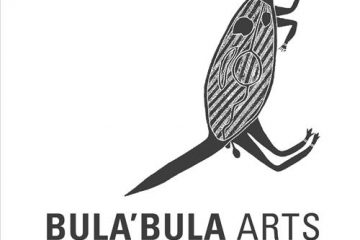Bula'bula Arts
115682256233
Makaratta Bobby tells stories of the way Yolngu life used to be. In this painting he is depicting a Makarrata, which literally means “a spear penetration”. A Makaratta meant a spear to the body, usually the thigh, of a person that has done something wrong. The wound means they can’t Read more…
